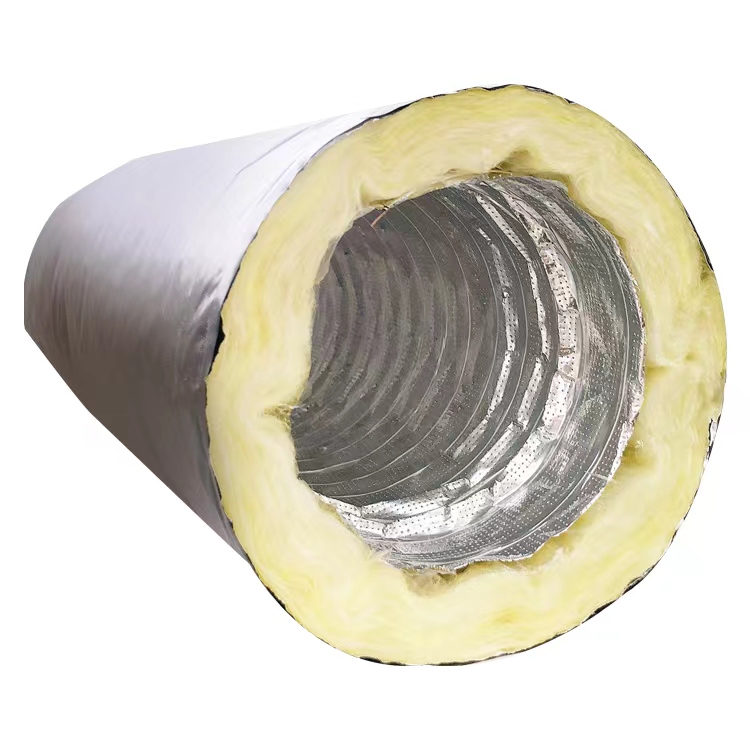How to Choose Air Ducts Suitable for Your Applications?
There are many types of flexible air ducts. Many customers will have doubts when choosing flexible air ducts. Which flexible air duct is suitable for their application conditions? We recommend considering the following aspects:
1. Temperature: refers to the temperature of the medium being transported and the temperature of the working environment. Sometimes there will be short-term high temperatures that need to be considered. It is best to clearly tell the salesperson of the flexible air duct the general working temperature and the maximum temperature. Because in general, the higher the temperature resistance, the higher the unit price. flexible air ducts produced by DACO are available with a maximum temperature resistance of 1100 degrees Celsius.
2. Pressure: It is divided into positive pressure and negative pressure. Positive pressure refers to a gas state with a higher gas pressure than normal pressure (that is, one atmospheric pressure). For example, when inflating a bicycle or car tire, positive pressure is created at the outlet of a pump or pump. The outlet of the fan goes all the way to the air supply port, which belongs to the positive pressure section. “Negative pressure” is a state of gas pressure that is lower than normal pressure (that is, often referred to as one atmosphere). The use of negative pressure is very common. People often make a certain part of the space have a negative pressure state, so that the ubiquitous atmospheric pressure can be used for us. For example, when people breathe, negative pressure occurs when the lungs are in an expanded state, and a pressure difference is formed between the inside and outside of the lungs, and fresh air is forced into the lungs. From the fan inlet to the air inlet, it belongs to the negative pressure section.
3. The conveying medium and whether it is corrosive: it refers to the substance and its properties conveyed by the flexible air duct. Different media will directly determine the material of the flexible air duct. When there is a particularly corrosive medium, it is necessary to inform the salesperson of the specific chemical composition, because there are many materials for chemical-resistant high-temperature flexible air ducts to choose from. Only when the specific composition is known, can a product with higher cost performance be selected.
4. The inner diameter of the air duct: We generally say the inner diameter of the flexible air duct, because the flexible air duct is generally connected with the customer’s hard pipe. Daco manufactures flexible air ducts with inner diameters from 40mm to 1000mm.
5. Bending requirements: The pipeline direction and bending degree of the application and installation parts, and the minimum bending radius of different flexible air ducts are different.
6. Vibration and distortion: the vibration, movement and distortion of the used part.
Post time: Oct-13-2022
